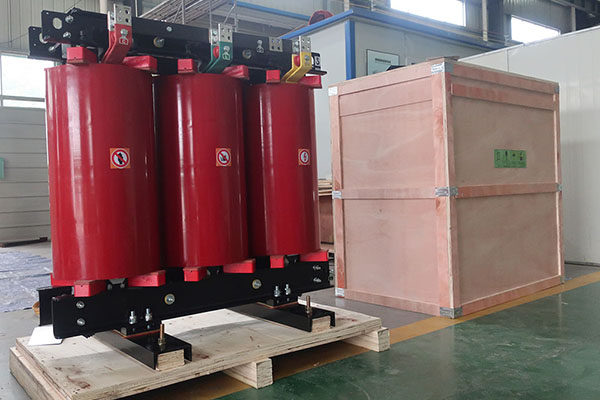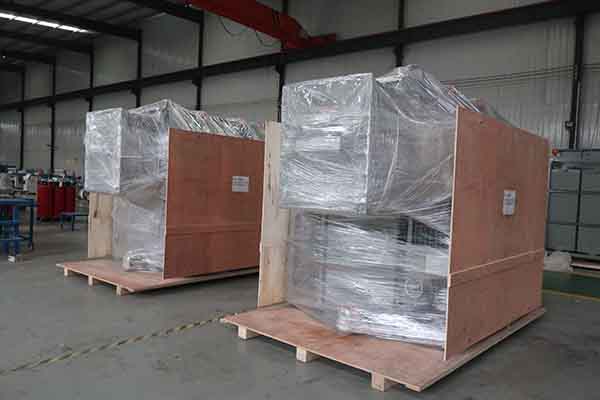Varelen Transformer factory boasts expansive storage capabilities tailored to accommodate transformers of all sizes. Drawing from global best practices, we have meticulously devised comprehensive storage protocols, encompassing regular weekly inspections and additional processing procedures contingent upon the duration and condition of the transformer during its storage tenure.
For distribution transformers slated for prolonged storage durations, there exists the option for partial or complete assembly, accompanied by vacuum filling with requisite insulating fluid. Concurrently, ancillary accessories and components are housed within a pristine, moisture-free environment.
Moreover, we extend our services to facilitate the preparation of transformers for extended storage periods at the client's designated storage facility, complemented by ongoing monitoring and maintenance provisions. It is imperative to subject spare transformers to identical scrutiny and upkeep as their operational counterparts, ensuring their operational readiness when called upon.
Contemplating the long-term storage of a transformer prior to activation?
This discourse serves as a comprehensive manual, delineating the optimal timing, storage locale, transformer types, and requisite methodologies.
When should protracted storage be considered?
A storage blueprint becomes imperative if the transformer is slated to remain inactive for six months or more.
Where should transformers be stored?
A robust storage regimen commences with the selection of an optimal locale. Ideally, backup units should be positioned:


What types of transformers need to storage?
three phase cast resin dry-type tranformer and sealed liquid-filled transformers mandate long-term storage arrangements, albeit with differing maintenance requisites.
How should distribtution transformers be stored?
Liquid-filled transformers: Padmount and substation transformers, designed for outdoor deployment, feature sealed tanks conducive to simplified storage and maintenance. Key considerations encompass:
Conducting acceptance and maintenance testing upon conclusion of the storage period.
Dry-type transformers necessitate meticulous storage provisions. Adherence to the following checklist is essential:
Conclusion: The article provides comprehensive insights into the storage protocols for transformers, emphasizing meticulous planning and adherence to prescribed methodologies to guarantee their operational readiness. Whether oil immersed pad mounted transformer or dry-type transformer , diligent storage measures are imperative to ensure the seamless deployment of transformers when required.